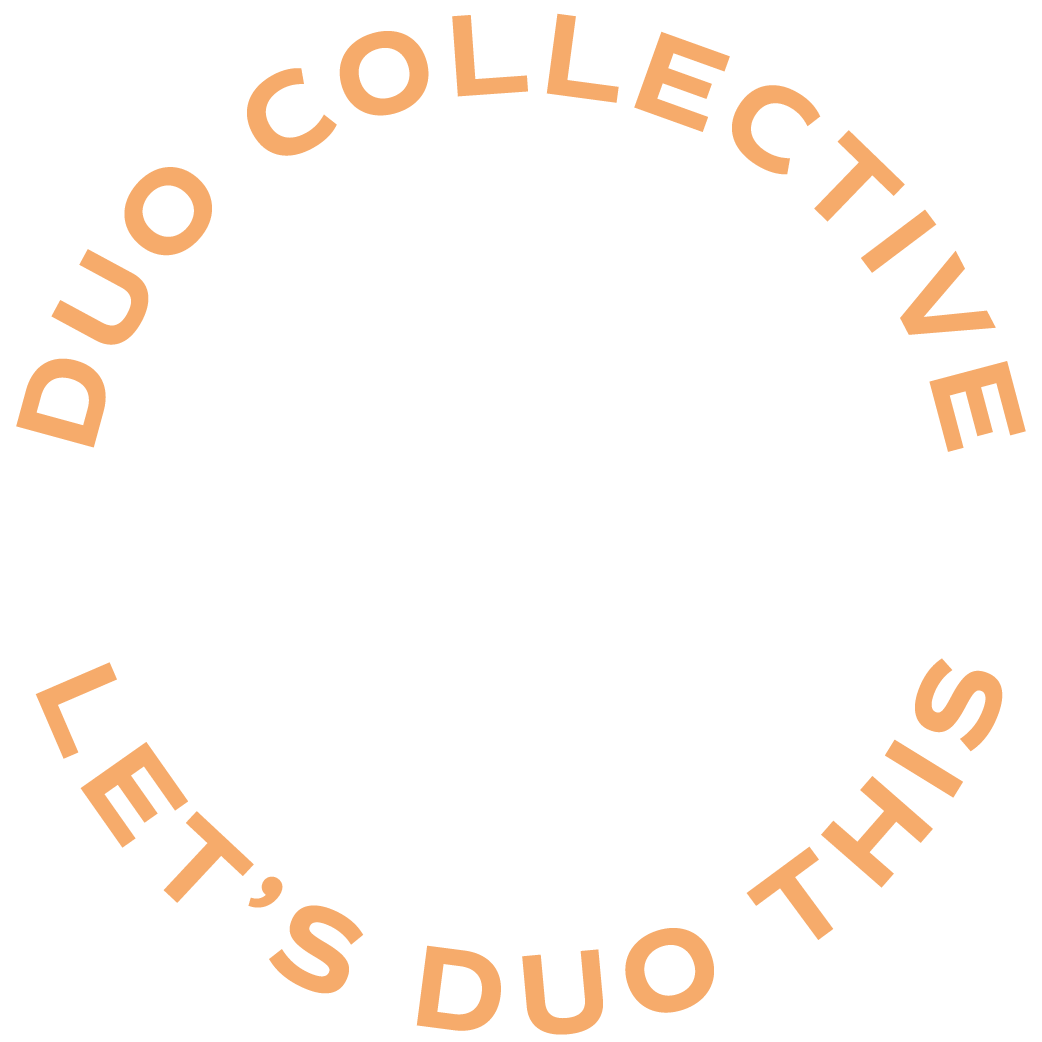When you think of branding, do you immediately think of a logo? Sure, a logo is important. It’s a big part of the visual identity of your brand and many times, your first impression with a new customer.
But, it’s not everything or the only thing you should think about when creating a brand strategy. A cohesive brand that actually resonates with its audience is made up of so much more than a logo.
And beyond that, is one logo actually enough? The answer: nope.
So let’s dig into all things primary and secondary logos plus so much more.
Brand Strategy vs. Brand Design
First, let’s get something straight these two things — brand strategy and brand design — are different. Not only that, but they go hand in hand. They need each other like peanut butter and jelly. A pretty logo can’t stand alone just like a mission statement can’t stand without an eye catcher. So what’s the difference?
Brand design encompasses design elements that distinguish your brand from others out there. Basically, it’s the pretty stuff like logos, color palettes, design elements, and fonts.
But before a great brand design comes an even better brand strategy. Your brand strategy gets down to the nitty-gritty details. It clarifies your core values, such as your mission and vision. It also determines your brand’s voice and personality. Without it, your brand is just sitting there looking really pretty but it has no where to go.
We have so much more to say about this topic and the impact it can have in your business. And lucky for you, we did so on the Duo On Air Podcast! Take a listen to episode 7 and hear Courtney’s design genius in action.
Why One Logo Isn’t Enough
Alright, back to those logo variations. Now that you understand the importance of a strategy before building the visuals, we can dig into all things logos. It’s important to understand that every single branding element serves a unique purpose.
Imagine for a moment that you only have one logo. Because of that, you have to use it everywhere from every digital platform you play in to print to email and more.
There would be no variety. Nothing to capture your audiences attention or evoke emotion and action. Plus, chances are your logo won’t fit right in every location.
You need visual variety along with size. If you have a horizontal logo, you need a stacked version and vice versa. Having each logo variation designed upfront will end up serving your business more effectively and efficiently.
Here is just one example. If you look at the top of your screen, you’ll see a small icon for each tab you have open in your browser window. This is called a favicon — and yes you can personalize this in your website platform! 99% of the time, this icon is something different from the website owners primary logo.
Why? Because it’s teeny tiny!
A primary logo is typically more dynamic and engaging. This tiny logo just needs to be distinguishable from other tabs you have open while still representing your company.
That’s just one example of many on why you need a variety of logos from primary to secondary. So let’s chat about all the logo variations you need for your business.
The 4 Logo Variations You Need In Your Branding
So what are the logo variations you need in your brand kit?
1. Primary Logo
This is your bread and butter. You’ll use this logo whenever you are meeting your audience for the first time. These logos typically include a small tagline or supporting copy.
This is the largest logo you have and would never be used in small, confined places like your social media profile photo or mobile environments.
It should be displayed prominently on your website homepage, so people immediately start to recognize who your company is.
2. Secondary Logo
What happens when your primary logo doesn’t work? Maybe it’s the size, the color or the complexity.
This is when you turn to your secondary logos. It might be as simple as dropping the tagline, stacking it more vertically, swapping out a color, or making it black and white.
These are very similar to your main logo, but they wait on deck until they are called because your main logo just won’t do.
3. Submarks
If we had to pick a favorite kind of logo variation, these might just be it. Submarks are the fun varieties of your logos that tend to be smaller, more playful and unique.
These logos aren’t used when you are introducing your brand to a new customer but rather to engage an existing audience and ensure your brand is still easily recognizable in a smaller space.
When should you use submark logos? Wherever you’d like — after all, it’s your brand!
You may use these across social media posts, pins, website footers, free resources or printable documents, client presentations and so much more.
The important thing to remember is to use your main logo when you will be meeting your customer for the very first time. Your submarks can be used anywhere else.
4. Icons
Finally, we are left with the smallest of the bunch; logo icons. These are used in microscopic situations like your website favicon, social media profile photos or various print materials.
They are easily recognizable and on-brand but typically can’t include any words due to their size. Think of these like the Nike swoosh, the McDonalds M or the Target bullseye.
As an entrepreneur and small business owner, your business needs all four logo variations to visually represent everything your business represents and values.
A brand that resonates with its audience is more than a logo. If you are still struggling to understand the difference between a primary and secondary logo alongside all of these logo variations, let’s peek at some examples.
Logo Variation and Branding Examples
If you are a visual learner, then let’s just cruise right past those bullet points above and look at some gorgeous brands we’ve built.




You can see how each logo variation works in it’s own way to support the brand. Each logo is unique, yet cohesive.
If you pulled one logo out of the bunch you would still know it’s that particular brand — even the icons! You can also easily see the difference between a primary and secondary logo.
It’s not a cookie cutter approach, it’s unique. That is the best part about branding. Each business is unique and each process will come to life in it’s own way.
Now what? Do I Need To Rebrand?
Whether you are a brand new business or you’ve been in business a few years, but are lacking the right tools, we can help. We have various packages from a simple visual overhaul of the Brand Basics to the ground up foundation work with the full Brand Creation Package. You can choose the package that is right for you or better yet, we can help you decide.
Regardless of who you choose to work — or if you choose to DIY your brand — with always remember that your brand is more than just a logo. It should embody your business’s core values, mission, and vision.
The four logo variations we talked about in this blog all serve a purpose in building your brand. And guess what, this is just the beginning! Beyond the logo variations there is so much more that makes up a brand. And we can’t wait to help you create it!


I completely agree with this post! I’ve seen so many companies use the same logo across all platforms without realizing the importance of having a primary and secondary logo. It’s amazing how a secondary logo can add so much variety and flexibility to branding. Thanks for sharing your insight!